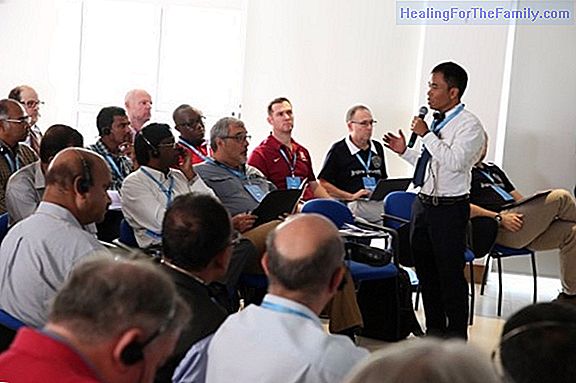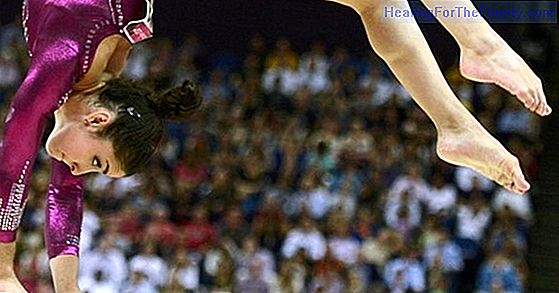The adaptation to school of children with a cochlear implant
When we talk about the inclusion of children with cochlear implants at school, we must bear in mind that this implant is only a technical aid that allows certain sound frequencies to reach the auditory nerve. , given that depending on the degree of disability the child will receive certain sounds bu
When we talk about the inclusion of children with cochlear implants at school, we must bear in mind that this implant is only a technical aid that allows certain sound frequencies to reach the auditory nerve. , given that depending on the degree of disability the child will receive certain sounds but will still have a sensory deficit.
So when planning a school inclusion for this type of disability, as it happens with the rest of functional diversities, we must take into account a personalized planning adapted to each child with this type of disability. To do this we must make an analysis of both the background and the intervention that we must cover for the correct inclusion of the child and their educational and socio-emotional well-being.
Adaptation to the personalized school of the child with a cochlear implant

The antecedents to be taken into account can be: La - The medical and evolutionary history of each child with this disability and their neurological and intellectual status.
- Know the etiology of hearing loss, ie its beginning as well as the age of identification.
- At what time the implantation has taken place at the evolutionary level as well as the adaptation of the same that the child has had.
- We must also take into account the cultural baggage before and after the implant.
In the same way, for a correct pedagogical intervention we must take into account: La - The quality, quantity and consistency of the intervention before the cochlear implant, that is, the baggage on the child's learning.
- Inform us about the language used before the implant, whether it is spoken or signed. Así - As well as influencing the appropriate linguistic stimulation for each case, taking into account the educational background applied in the child.
Starting from this, we must respect,
design or redesign the most appropriate style or methodology
to each child with a cochlear implant, adapting the auditory materials to a visual or tactile perception according to the degree of auditory deficit and its evolution with the prosthetic implant.
We also have to intervene towards favoring the socio-emotional environment of the child with hearing disability and cochlear implant. For this reason, once again, we must encourage the participation of students in activities that facilitate empathy and knowledge of hearing impairment, as well as making them aware of the language used by the child to facilitate peer interaction. Recreating through games the auditory sensation of hearing only certain sounds that are often distorted. The adaptation of teachers to children with hearing difficulties But you will be thinking: 'for this the teachers need a training around the hearing disability and, specifically, the cochlear implant'. Indeed, for a correct school inclusion intervention in children with a cochlear implant or with any other disability, be it sensory, physical or psychic, teachers must acquire specific and basic knowledge of the disabilities they have in their students in order to intervene and analyze the previously described, as well as favoring the interaction with classmates through shared curricular activities among the class group.
Finally, in the facilitation of knowledge about diversity, in this sensorial case, the student plays a fundamental role in the family, since it is the source of information most knowledgeable about the educational and socio-emotional benefits for the child. So both teachers and family have to work as a team to improve the quality of life of the child as well as their school and social inclusion.
In this aspect, the intervention and planning of educational inclusion will also depend on and vary according to the auditory etiology and the moment of the cochlear implant. So once again the educational personalization is again essential for the promotion of school inclusion and the integration of the child in the class group, where the psycho-pedagogical team and the family are the key pillars for its evolution and adaptation.
Vanessa Fuentes
Clinical and social psychologist
//psicovan.hostinazo.com/













